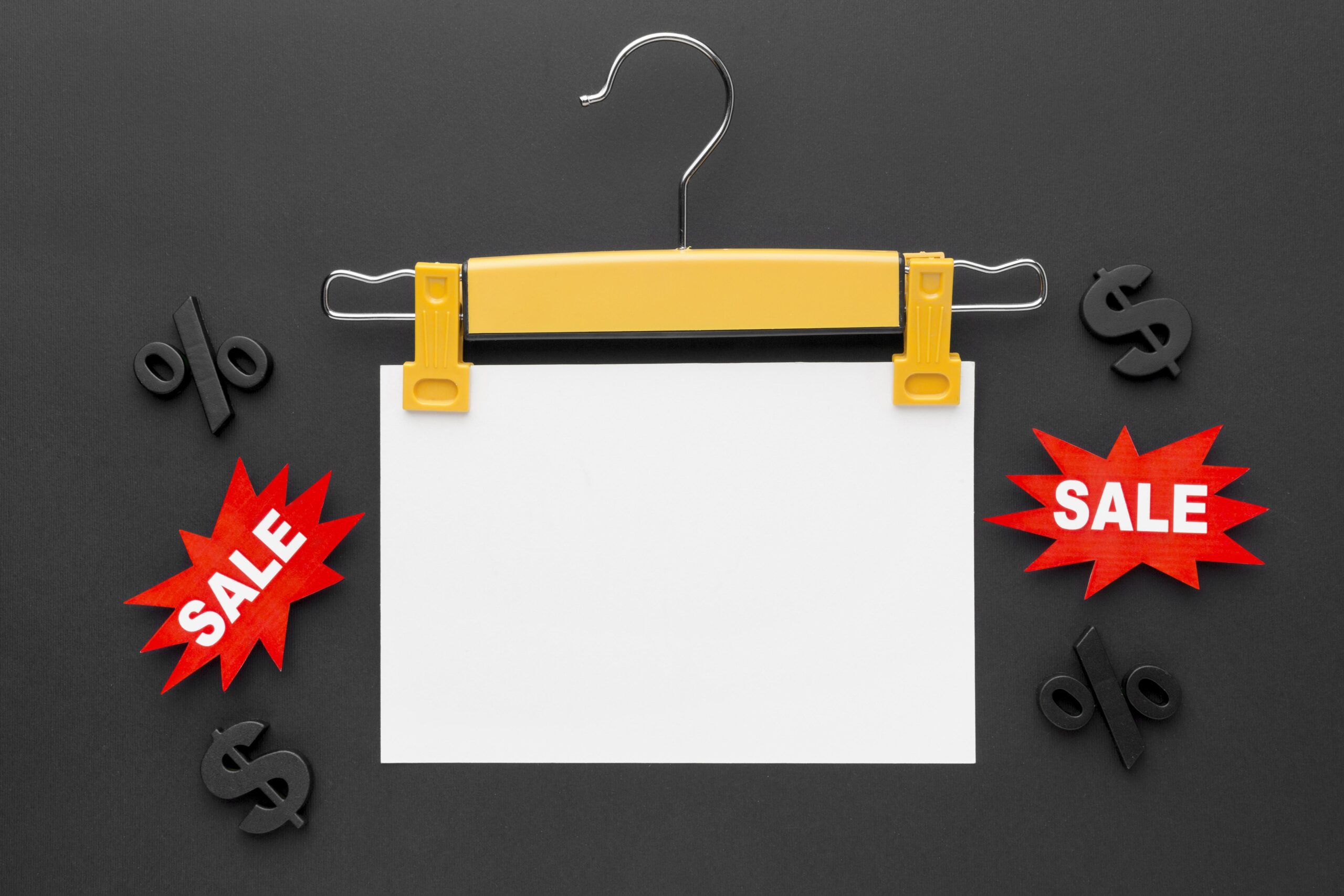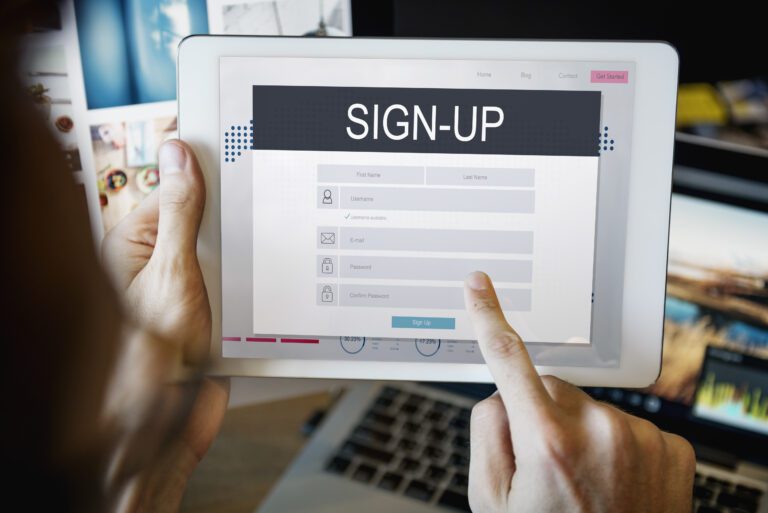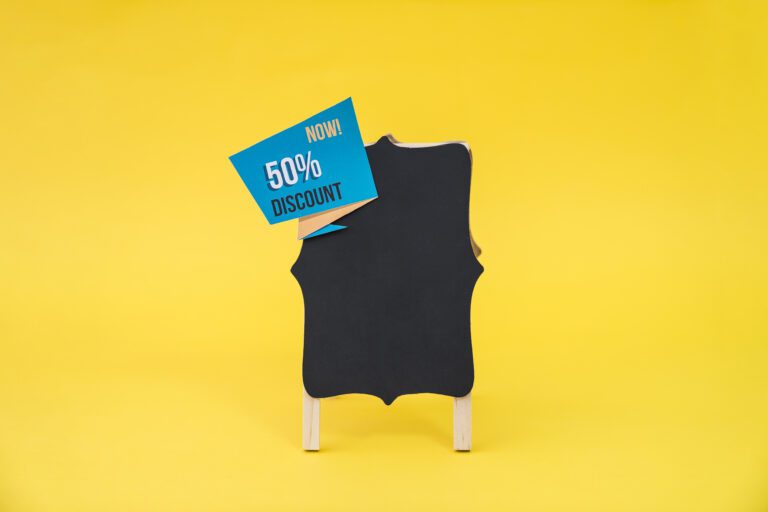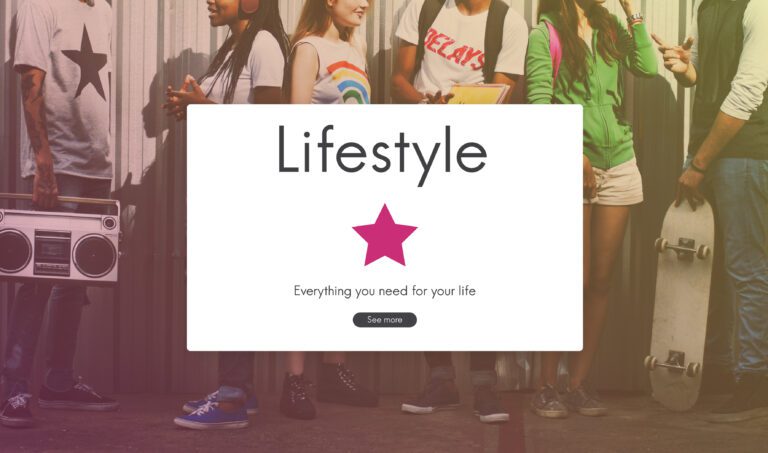Multi-Step Popups: Breaking the Form Fatigue Barrier

I hope you enjoy this blog post. If you want Hello Bar to grow your leads, click here.
Author:
Mansi
Published
July 15, 2025

Table of Contents
Think about the last time you landed on a website and got hit with a giant form right away. Name, email, phone number, maybe even your company size—sometimes it feels like you’re filling out a government application, not signing up for a simple discount or freebie. You know what most people do in that moment? They close the popup. Or worse, they leave the site completely.
This is what’s known as form fatigue. And it’s real. People today are tired of being bombarded by long forms asking for way too much information, especially on the very first visit. If you want to actually get signups—not just impressions—there’s a better way: multi-step popups.
Let’s dig into why these work, how they actually look in the wild, where you need to be careful, and how to set them up for real-world results.
What Is a Multi-Step Popup?
A multi-step popup is just what it sounds like: a popup that breaks a longer form or a complex question into several small, easy steps. Instead of asking for everything at once, it takes you through one question or field at a time. This approach is rooted in basic human psychology—when a task looks simple, we’re more likely to start and finish it.
Here’s a real example. You land on a clothing store’s website and a popup appears. Instead of a big block of form fields, you see a single question:
“What’s your favorite style? Casual or formal?”
You click “Casual.”
Next, it asks for your email to send you a discount tailored to your answer. That’s it. Simple, painless, and now you feel like you’re getting something personal—not just trading your data for a coupon.
This is the essence of multi-step popups. Break things up. Make it feel easy. Lower the mental effort. That’s how you get people to complete the process.
Why Do Multi-Step Popups Work?
Let’s be clear: no one actually enjoys filling out forms. The more you ask, the less likely people are to finish.
But if you can make the process feel light and effortless, you’ll get more completions. Here’s what’s really happening:
1. Small Steps Feel Manageable
A single field or question doesn’t feel like a big ask. When you split the process into two or three screens, each with a clear purpose, most people keep going. They’ve already started, so they’re more likely to finish.
2. Progress Feels Good
Showing progress (like “Step 1 of 2”) makes people feel closer to being done. That’s motivating. Each time they click “Next,” they’re committing to the process. Abandonment drops.
3. You Can Personalize the Experience
Multi-step popups let you ask a quick, fun question before collecting an email. The answer can help you segment your list or personalize the offer. People appreciate when it feels like you’re actually paying attention to what they want.
4. Higher Completion Rates, Less Friction
Studies and real-life tests show that completion rates for multi-step popups are consistently higher than for one-step forms with lots of fields. Even if you end up collecting the same info, the format changes how it feels.
How Multi-Step Popups Actually Look (With Examples)

Let’s break down a few examples to see how they work in the real world.
Example 1: The Simple Email Capture
Step 1:
“Want 10% off? Tell us what you’re shopping for today.”
- Men’s Clothing
- Women’s Clothing
- Kids’ Clothing
Step 2:
“Great choice! Enter your email to get your 10% code.”
That’s it. No more fields. No distractions. This small interaction already makes the customer feel involved.
Example 2: The Survey-Style Popup
Step 1:
“How would you describe your fitness level?”
- Beginner
- Regular
- Athlete
Step 2:
“What’s your main goal?”
- Weight loss
- Muscle gain
- General health
Step 3:
“Enter your email and get a free workout plan built for you.”
Here, you collect two bits of useful info before asking for the email. People are far more likely to provide real answers because you’re not asking for everything at once.
Example 3: Lead Qualification for a Service Business
Step 1:
“What do you need help with?”
- Web design
- Marketing
- SEO
Step 2:
“What’s your budget range?”
- Under $2,000
- $2,000–$10,000
- Over $10,000
Step 3:
“Where can we send your custom quote?”
- Email field
By the time the visitor gets to the email field, they’ve already invested in the process. Your business gets more context, and the customer feels like they’re not being pushed for too much at once.
Breaking the Barrier: Why People Hate Long Forms
If you’ve ever clicked away from a form that asked for your phone number, job title, and mailing address before you could see a price, you already know the answer. It’s about trust. The more fields on a popup, the more it feels like a company just wants to collect as much as possible up front—without giving anything in return.
Multi-step popups flip this script. They start with something easy. Sometimes, the first step is just a button (“Yes, I want this!”). It lowers the barrier. Once someone clicks, they’re much more likely to keep clicking. This is the “foot in the door” effect at work.
And here’s a little secret:
You can use multi-step popups to qualify leads without making it feel like a quiz. Ask the right first question, and only show the next step if they fit your audience. No one likes feeling like just another data point. Breaking things up with multi-step popups keeps things human.
The Best Practices for Multi-Step Popups
Let’s keep this practical. Here’s what’s worked for me—and what to avoid.
1. Keep Each Step Short
Don’t cram too much into any step. One or two questions at most, preferably multiple-choice or simple answers.
2. Use Clear, Friendly Language
No jargon. Write like you talk. People aren’t looking to be impressed—they want to know what’s next and why it matters.
3. Start With the Easiest Ask
Never start with the email field. Open with a question or a button that’s almost impossible to say no to.
4. Show Progress
Let people know how many steps are left (“Step 1 of 2”). If you can, use a progress bar. This helps reduce drop-off.
5. Make the Reward Clear
Remind visitors why they’re going through the popup. If there’s a discount or a freebie, keep it visible at every step.
6. Mobile-First Design
Test your multi-step popups on every device. Steps need to be fast, buttons big, and forms easy to tap.
7. Only Collect What You Need
Don’t use every multi-step popup as an excuse to grab phone numbers, birthdays, and extra details. If you don’t need it, skip it.
Mistakes to Avoid
Even with the best intentions, you can mess up multi-step popups. Here are a few things I’ve seen go wrong:
- Too many steps. Three is usually plenty. If you add more, you’ll see completion rates drop.
- Unclear next steps. If people don’t know what happens when they click, they’ll bail.
- Making every step required. Optional steps can help people feel less pressured.
- Forgetting the reward. Don’t hide the value—remind people what they’re getting at each step.
- Skipping the follow-up. If you promise a discount or freebie, deliver it immediately.
- Ignoring accessibility. Make sure everyone can read, understand, and complete your popup, including those using screen readers.
Also read our guide on What Is A Popup And Why You Should Consider Using One For Your Website
The Impact: What You Can Expect
Switching from a single, crowded popup to a multi-step popup can double or triple your completion rates—sometimes more. Here’s what I’ve seen firsthand:
- A boutique clothing brand went from a 3% signup rate to 9% when they switched to a two-step popup (question first, then email).
- A SaaS tool offering a free trial used a multi-step lead qualification popup and saw more qualified, ready-to-convert leads compared to the old giant form.
- An e-commerce store collected survey data up front, then asked for email—customers felt listened to, and repeat purchases increased.
The numbers don’t lie. Multi-step popups break through the fatigue because they treat visitors like people, not just entries in a spreadsheet.
Getting Started: Tools and Setup
Most modern popup tools support multi-step forms. Look for features like:
- Drag-and-drop editors for easy setup
- Templates for multi-step flows
- Progress bars or indicators
- Integrations with your email marketing or CRM system
- Easy mobile customization
Set up your first multi-step popup as a simple test. Maybe just “What are you shopping for?” followed by the email field. Check your completion rate after a week and compare it to your old popup. You’ll probably see the difference right away.
Final Thoughts
People aren’t lazy—they’re just busy and skeptical. The more you respect their time and attention, the more likely they’ll reward you with real information and long-term loyalty. Multi-step popups work because they break up the mental wall most people have about sharing details online. They’re less pushy, more conversational, and way more effective.
If your popups aren’t working or you’re seeing tons of abandoned forms, don’t double down on reminders or bigger discounts. Break the process into smaller steps, keep things friendly, and put yourself in your visitor’s shoes. You’ll notice more signups, more honest engagement, and less of that “just another company after my data” feeling.
Multi-step popups aren’t magic, but they’re about as close as you’ll get to making online forms painless. Give them a try, and you’ll see just how big a difference a few small steps can make.






